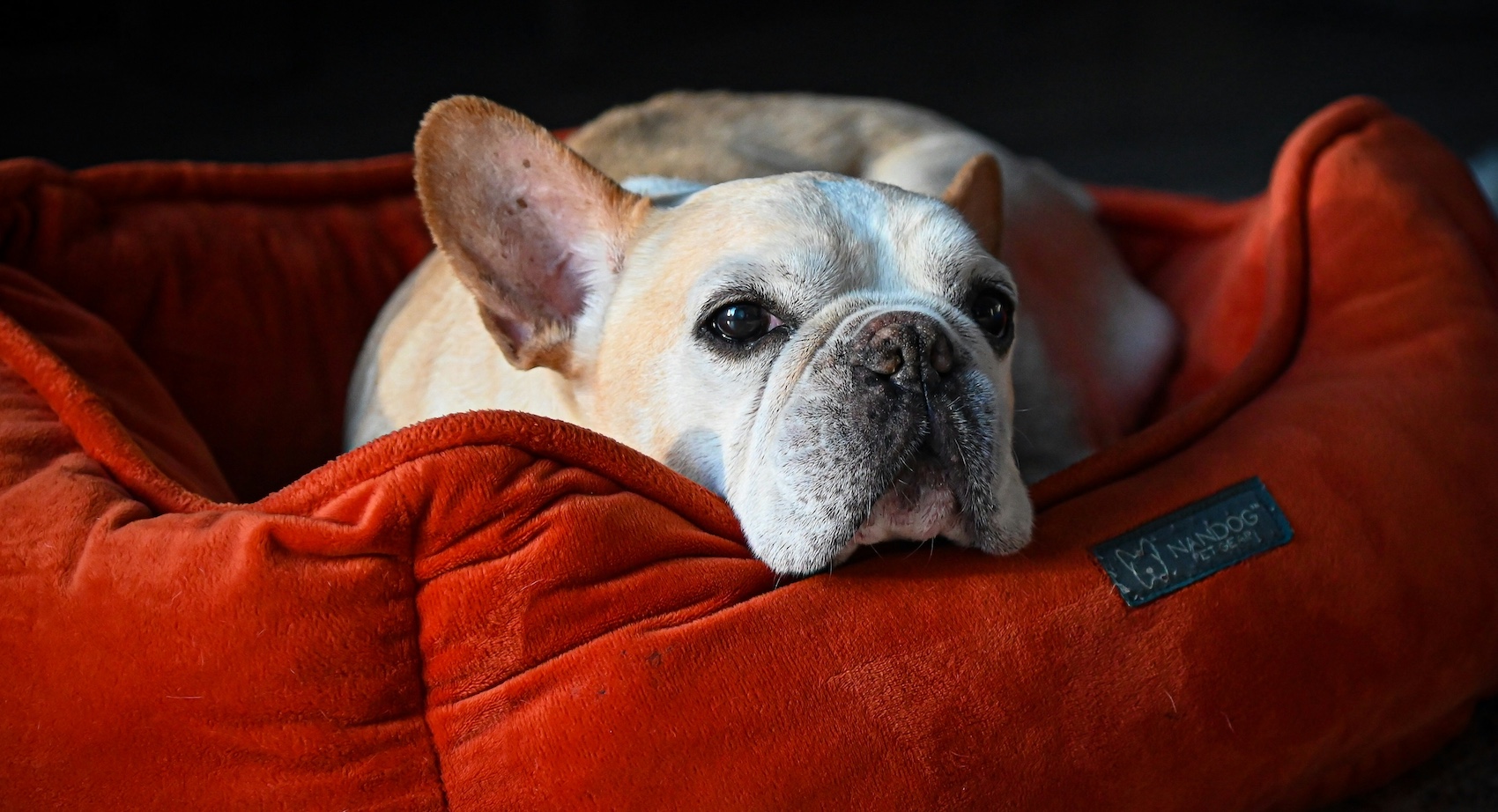Your cart is currently empty!

Five Ways to Help Your Senior Dog
A dog’s senior years can be very challenging but incredibly rewarding at the same time if managed correctly. As our dogs age, so do their bones, ligaments and muscles as well as their minds. There are many ways to manage these changes that we start to see in our beloved pets.
⠀⠀⠀
- Chiropractic Care
Chiropractic care is an essential way to reduce aches, pains, and inflammation. It helps to improve overall mobility for your senior pet. By using gentle techniques, we can ease discomfort, improve joint motion and alignment of the skeletal system, improve neurological flow and help improve muscular and other compensations.
- Acupuncture and dry needling
Acupuncture and dry needling are super helpful to decrease pain, improve nervous system function, boost immunity, decrease myofascial trigger points and spasms, therefore helping the body to cope with the compensations that come with old age.
- Shorter more frequent walks and stimulation
We need to keep moving or we stop moving permanently. It is so important to keep your senior moving, however, you want to be cautious of not overdoing it. For seniors, shorter more frequent walks can be a great way to keep them limber without overloading both their skeletal and neurological system. If they are exposed to more than the body can cope with, the body becomes inflamed and they will pay for it for up to 72 hours after the fact. If you used to be able to do one thirty minute walk, try breaking it up into one 15 minute walk in the morning and one 15 minute walk in the evening. If that proves to be too much or they are having a bad day, take them to a spot really close to home where all the dogs in the neighborhood stop to pee and let your pooch smell around for up to 10 minutes, this is how they stimulate their brain and feel like they have had a party with a bunch of their friends without the exertion.
- Daily Massages
Gentle, daily massages can help to reduce stiffness and improve circulation. Start at the paws and use gentle sweeping motions towards the heart. Then move to the base of the spine by the tail and gently massage the muscles along the spine using circular motions. You can use this same technique on the neck and shoulders. Keep an eye out for your pet’s reaction to the massage. They should be relaxing and enjoying it. If they seem scared or irritated, you may be pressing too hard or they may be in pain. If they continue to show pain or discomfort, it might be a good idea to have them evaluated by your primary veterinarian to rule out any injuries or issues.
- Adding Stairs and Ramps
Use stairs and ramps to help your senior pup get on and off the bed or couch, as well as, in and out of the car. By reducing the amount of jumping, you can significantly reduce the chance of injury and also reduce any additional aches and pains in the joints.